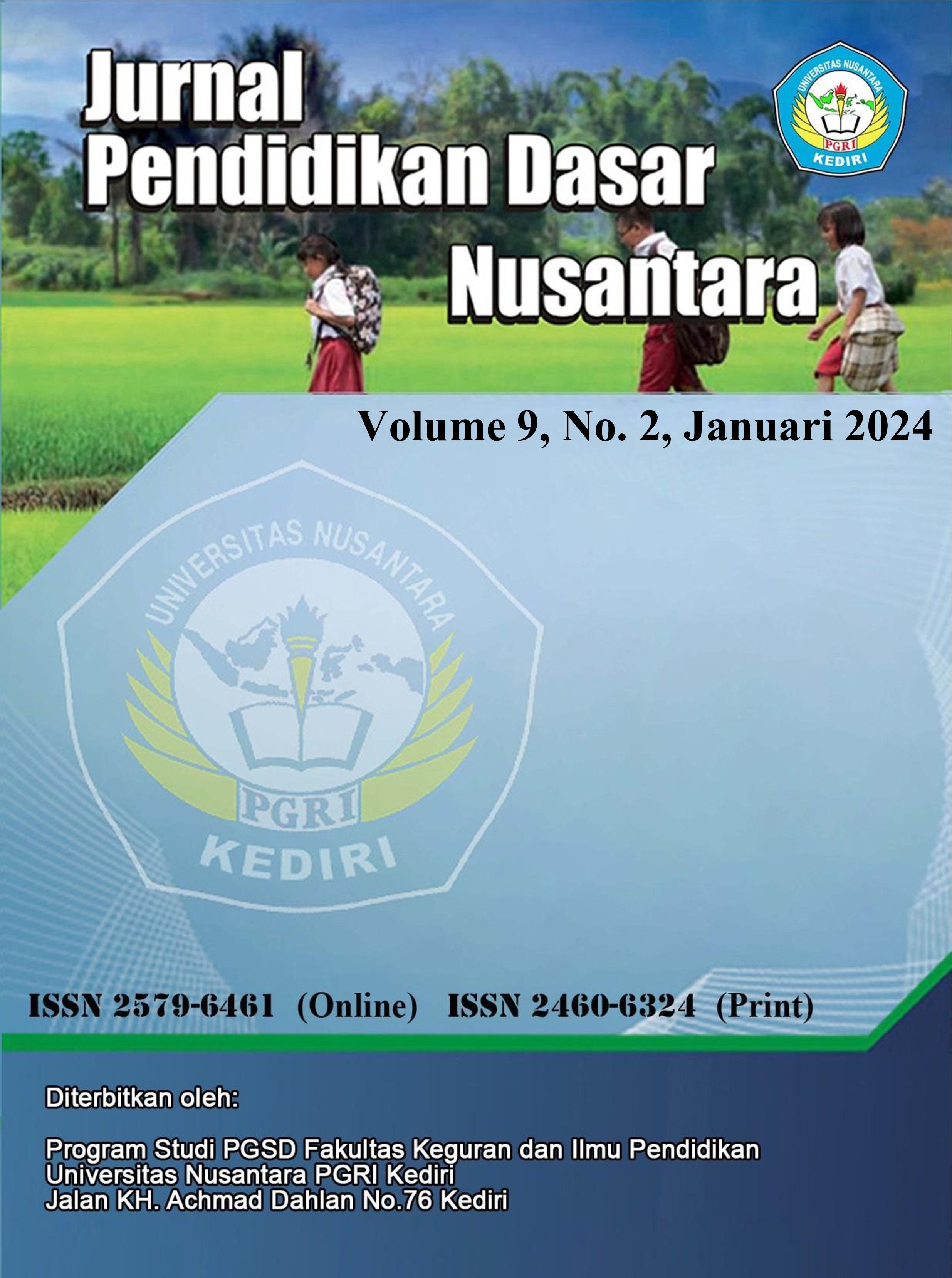The effect of using the assemblr edu application as a media for learning subjects in science on students' interests and learning outcomes (case study: Bedug state primary school 01)
DOI:
https://doi.org/10.29407/jpdn.v9i2.21297Keywords:
assembly edu, learning interest, learning outcomeAbstract
The digital era continues to evolve and has a significant impact on every aspect of life, including education. With the increasing digitization in the world of education, there are many choices of learning media that can be utilized for teaching and learning activities, one of which is Assembly Edu. This research aims to assess the extent of the influence of using Assemblr Edu on the interest and learning outcomes of students at SD Negeri Bedug 01 in the subject of Natural and Social Sciences. The research method employed is a quantitative research method. This study involved pre-tests and post-tests, as well as the formation of experimental and control groups to explore the experiences and outcomes of students using Assemblr Edu compared to the control group. The researcher found that there is a positive influence of using Assemblr Edu on the interest and learning outcomes of students. Statistical analysis shows a significant relationship between Assembly Edu and students' interest and learning outcomes. The results of this study provide an overview of the significant effects of information technology when used as a learning medium by teachers.
Downloads
References
Adnan, G., & Latief, M. A. (2020). Metode Penelitian Pendidikan: Penelitian Kuantitatif, Penelitian Kualitatif, Penelitian Tindakan Kelas. Erhaka Utama.
Alpian, Y., Anggraeni, S. W., Wiharti, U., & Soleha, N. M. (2019). Pentingnya pendidikan bagi manusia. Jurnal Buana Pengabdian, 1(1), 66–72.
Basiran, B., Supriadi, S., & Suroyo, S. (2021). Pengaruh Model Pembelajaran Matematika Realistik Berbantuan Alat Peraga Terhadap Kemampuan Pemahaman Geometri Ditinjau Dari Gaya Belajar Visual Spasial Siswa SD Kelas V Di Kecamatan Pasar Kemis Kabupaten Tangerang. Jurnal Sains Sosio Humaniora, 5(2), 1007–1013.
Dewi, P. R. P. I., Wijayanti, N. M. W., & Juwana, I. D. P. (2022). Efektivitas Penerapan Media Pembelajaran Digital Assemblr Edu Pada Mata Pelajaran Matematika Di SMK Negeri 4 Denpasar. Jurnal Pengabdian Kepada Masyarakat Widya Mahadi, 2(2), 98–109.
Hasbullah, H., Hidayat, S., & Asmawati, L. (2022). Pengembangan media pembelajaran Video Scribe materi banjir bukan sekedar bencana alam mata pelajaran IPAS sekolah dasar. Jurnal Basicedu, 6(4), 7544–7555.
Hendi, A., Caswita, C., & Haenilah, E. Y. (2020). Pengembangan Media Pembelajaran Interaktif Berbasis Strategi Metakognitif untuk Meningkatkan Kemampuan Berpikir Kritis siswa. Jurnal Cendekia: Jurnal Pendidikan Matematika, 4(2), 823–834.
Jamun, Y. M. (2018). Dampak teknologi terhadap pendidikan. Jurnal Pendidikan Dan Kebudayaan Missio, 10(1), 48–52.
Khotimah, H., Astuti, E. Y., & Apriani, D. (2019). Pendidikan berbasis teknologi (permasalahan dan tantangan). Prosiding Seminar Nasional Program Pascasarjana Universitas Pgri Palembang.
Purbasari, Y. A., & Suryanto, S. (2020). Peran Orangtua Dalam Pendampingan Anak Digital Native. Prosiding Seminar Nasional Milleneial 5.0 Fakultas Psikologi UMBY.
Putra, A. A., & Wahyuni, I. W. (2021). Pengaruh Penggunaan Handphone Pada Siswa Sekolah Dasar. Al-Hikmah: Jurnal Agama Dan Ilmu Pengetahuan, 18(1), 79–89.
Sabani, F. (2019). Perkembangan anak-anak selama masa sekolah dasar (6–7 tahun). Didaktika: Jurnal Kependidikan, 8(2), 89–100.
Salpiyah, N. S. (2023). Pengaruh Kegiatan Assembly Tema Mesin Waktu Terhadap Hasil Belajar Pendidikan Pancasila dan Kewarganegaraan Siswa Kelas V SD Islam Al Azhar 47 Samarinda.
Siregar, A., & Siregar, D. I. (2021). Analisis Evaluasi Pengembangan Media Komik Digital Pada Mata Pelajaran IPA Sekolah Dasar. Jurnal Sistem Informasi (JASISFO), 2(1).
Yunida, M. (2023). Pengaruh Media Pembelajaran Assemblr Edu Terhadap Hasil Belajar Peserta Didik Kelas V Sekolah Dasar.
Downloads
Published
Issue
Section
License
Authors who publish with this journal agree to the following terms:
- Copyright on any article is retained by the author(s).
- The author grants the journal, the right of first publication with the work simultaneously licensed under a Creative Commons Attribution License that allows others to share the work with an acknowledgment of the work’s authorship and initial publication in this journal.
- Authors are able to enter into separate, additional contractual arrangements for the non-exclusive distribution of the journal’s published version of the work (e.g., post it to an institutional repository or publish it in a book), with an acknowledgment of its initial publication in this journal.
- Authors are permitted and encouraged to post their work online (e.g., in institutional repositories or on their website) prior to and during the submission process, as it can lead to productive exchanges, as well as earlier and greater citation of published work.
- The article and any associated published material is distributed under the Creative Commons Attribution-ShareAlike 4.0 International License

































